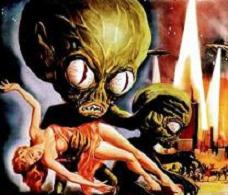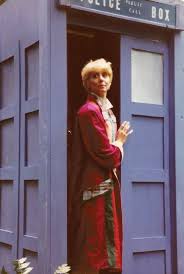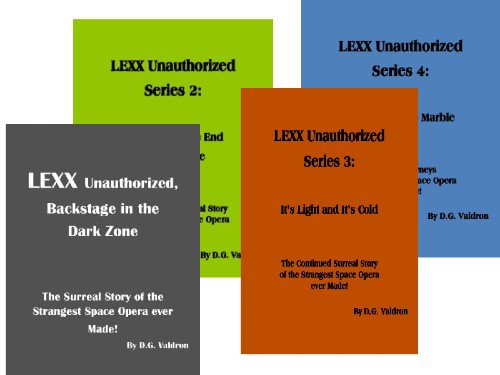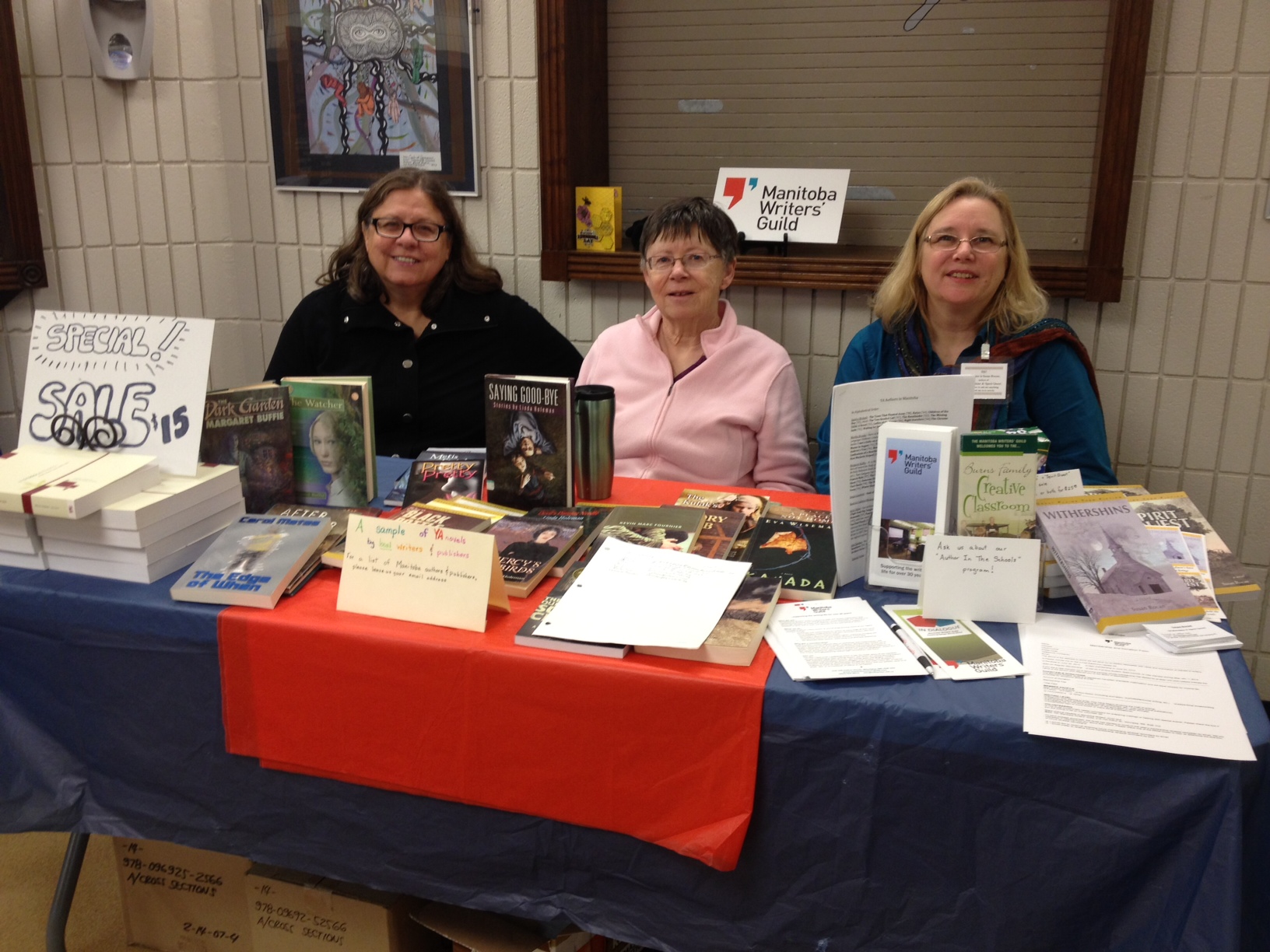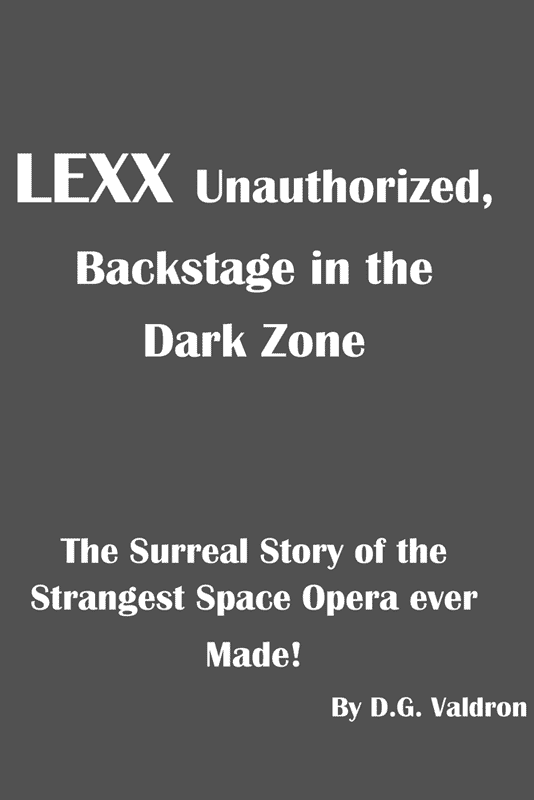Well, there it went. The first and hopefully the last Online Keycon was held over the May long weekend. How was it? A bit wobbly here and there, but on the whole, it worked out just fine.
I think people don’t really realize how demanding a Convention is, and how much work and dedication goes into running it. The people who work on and volunteer for these conventions are really a breed apart, they put a lot of time and energy into it. You have to acknowledge that.
This was a pretty unusual Keycon, due to the Coronaclypse. Last year, Keycon cancelled entirely, hit full bore only two months into the Coronaclypse, and amid a provincial shutdown. There was no way it could go on.
As people adapted to the Coronaclypse, we saw the rise of online Cons, E-Cons including When Words Collide in July, and World Fantasy Convention in October. Unfortunately, Keycon was too early into the pandemic to make that jump. There just wasn’t enough time to revamp and reformat the entire Con, and the list of precedents and innovations that allowed for E-Cons wasn’t there yet. Still, the Keycon organizers set about planning for the next convention in 2021, and they kept their eyes and ears open, learning the ins and outs of E-cons, just in case.
I think by March or April, they’d figured out that things weren’t going to be opening up, and they were able to switch gears and reformat their convention. The revamped online Keycon E-con, or as I like to call it kEycon would be free to anyone who signed up, and considerable thought and effort went into adapting the normal activities of a convention – panels, hospitality rooms, social events, etc., into an online format.
